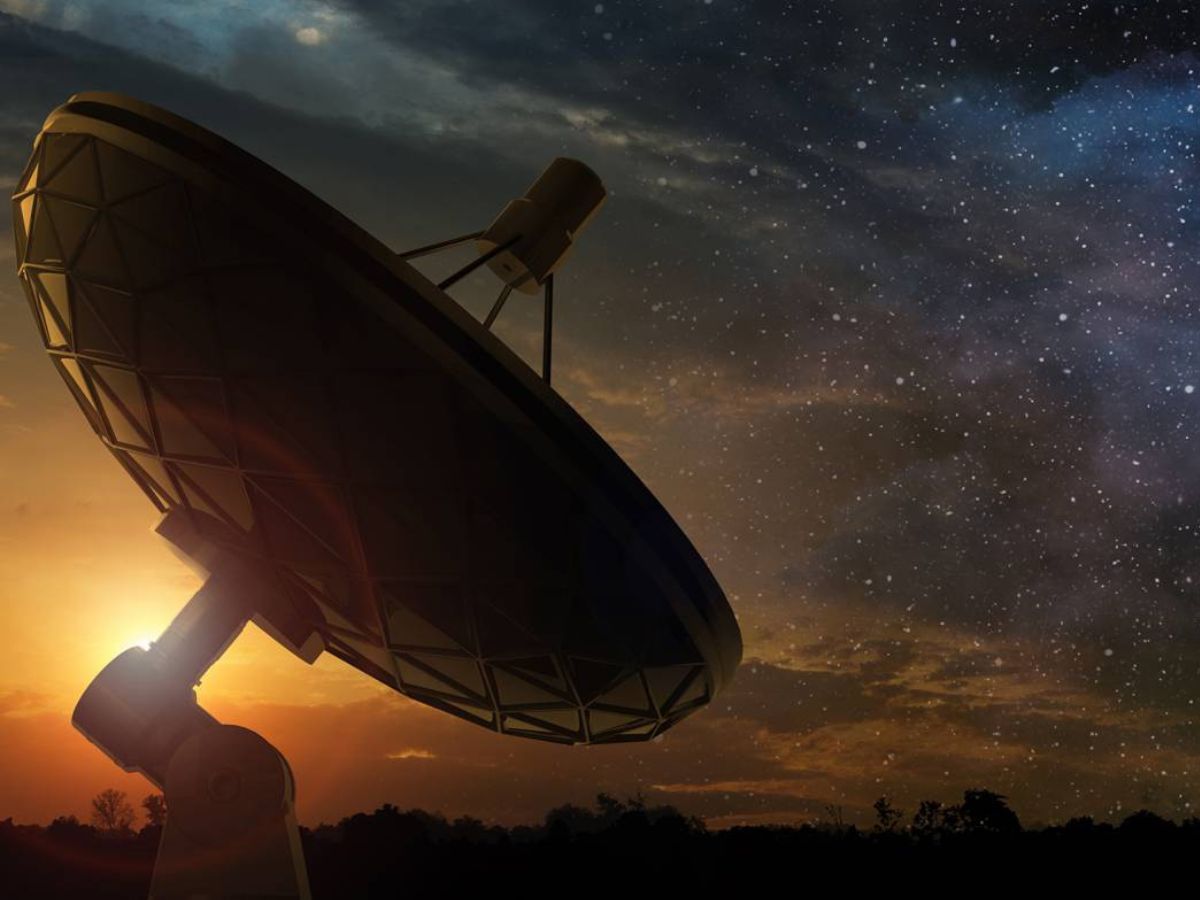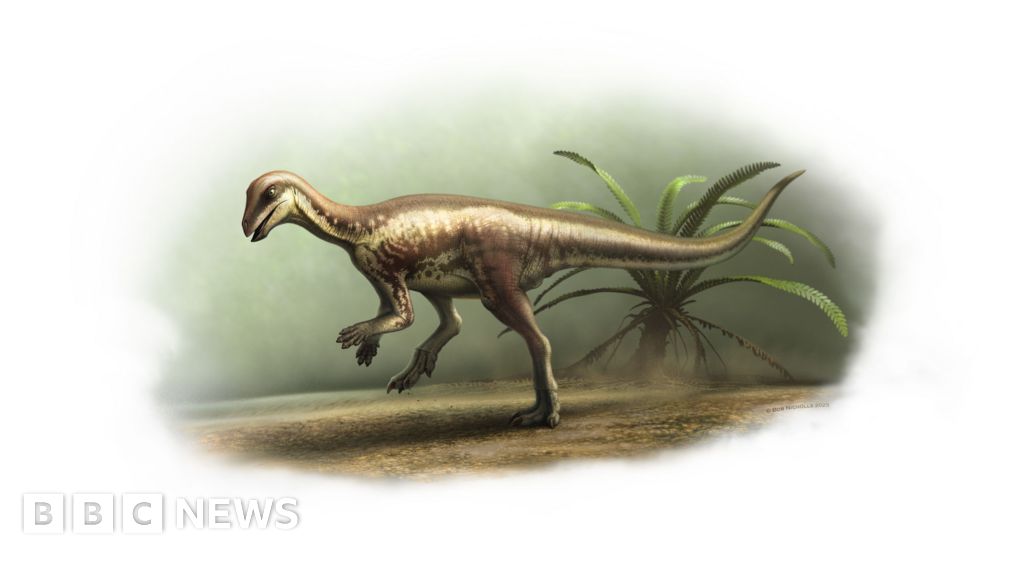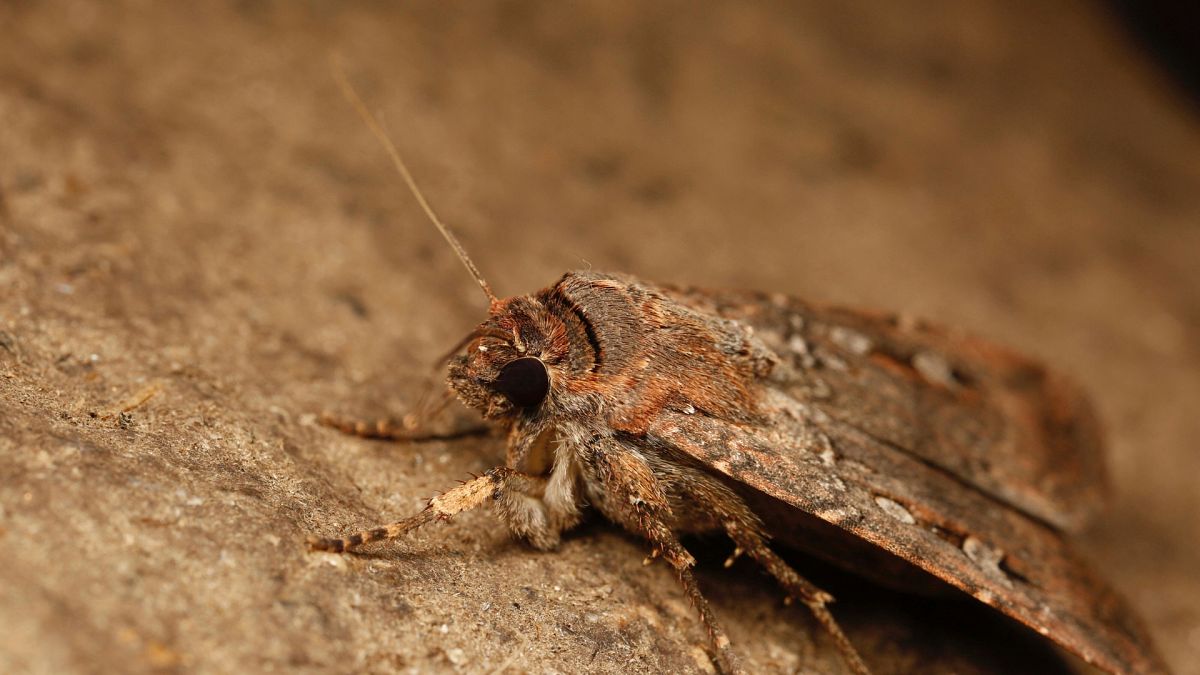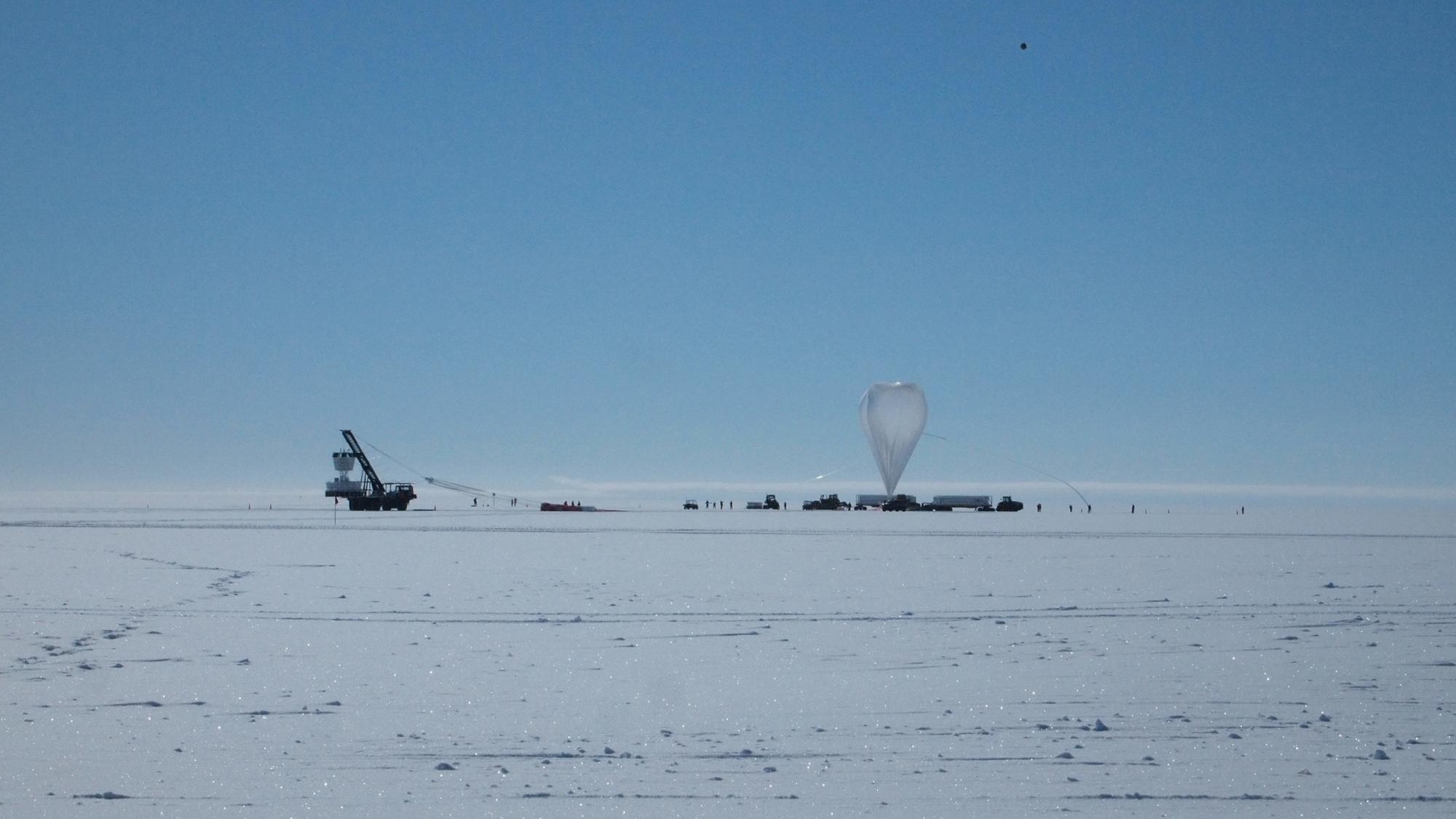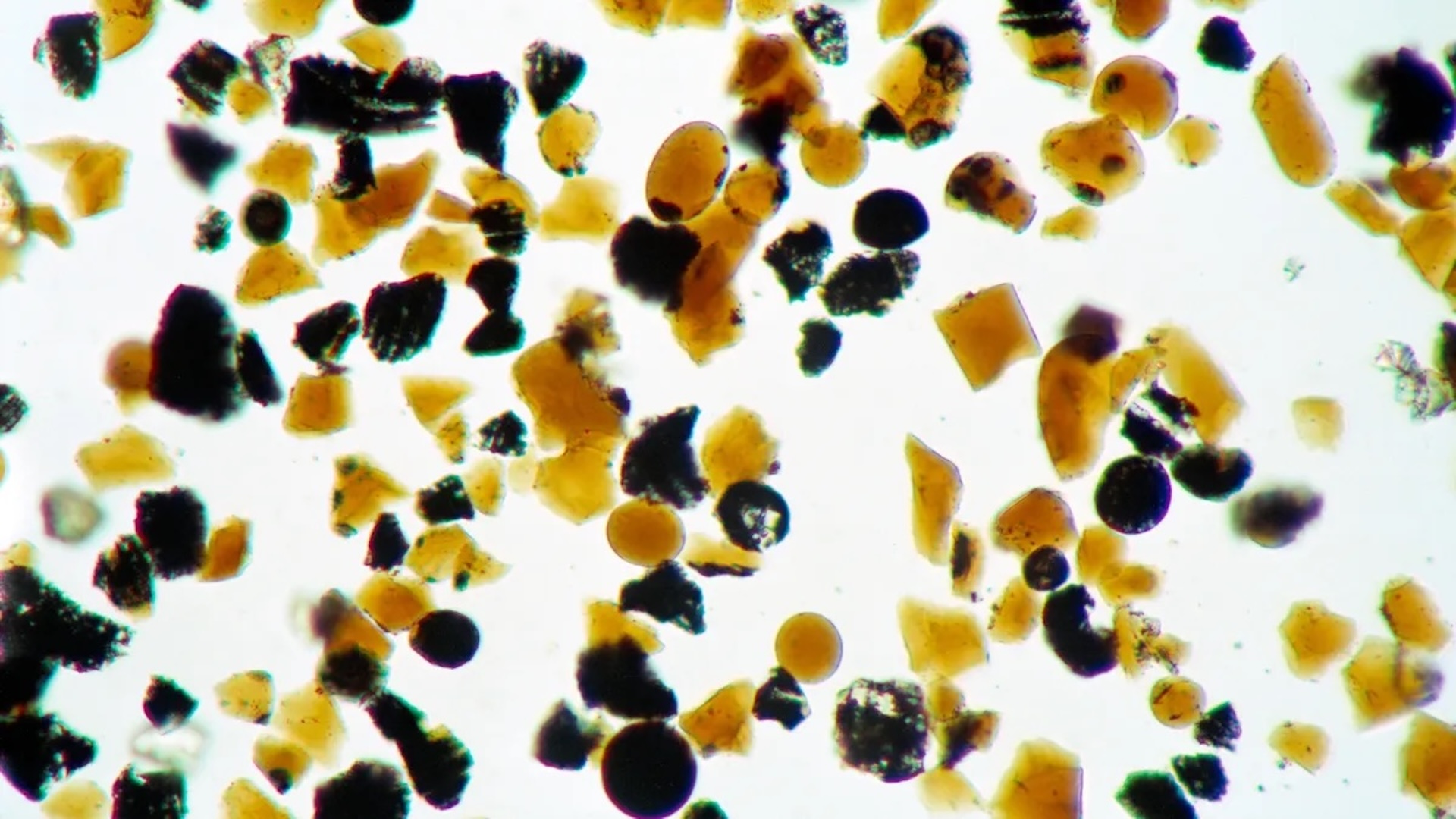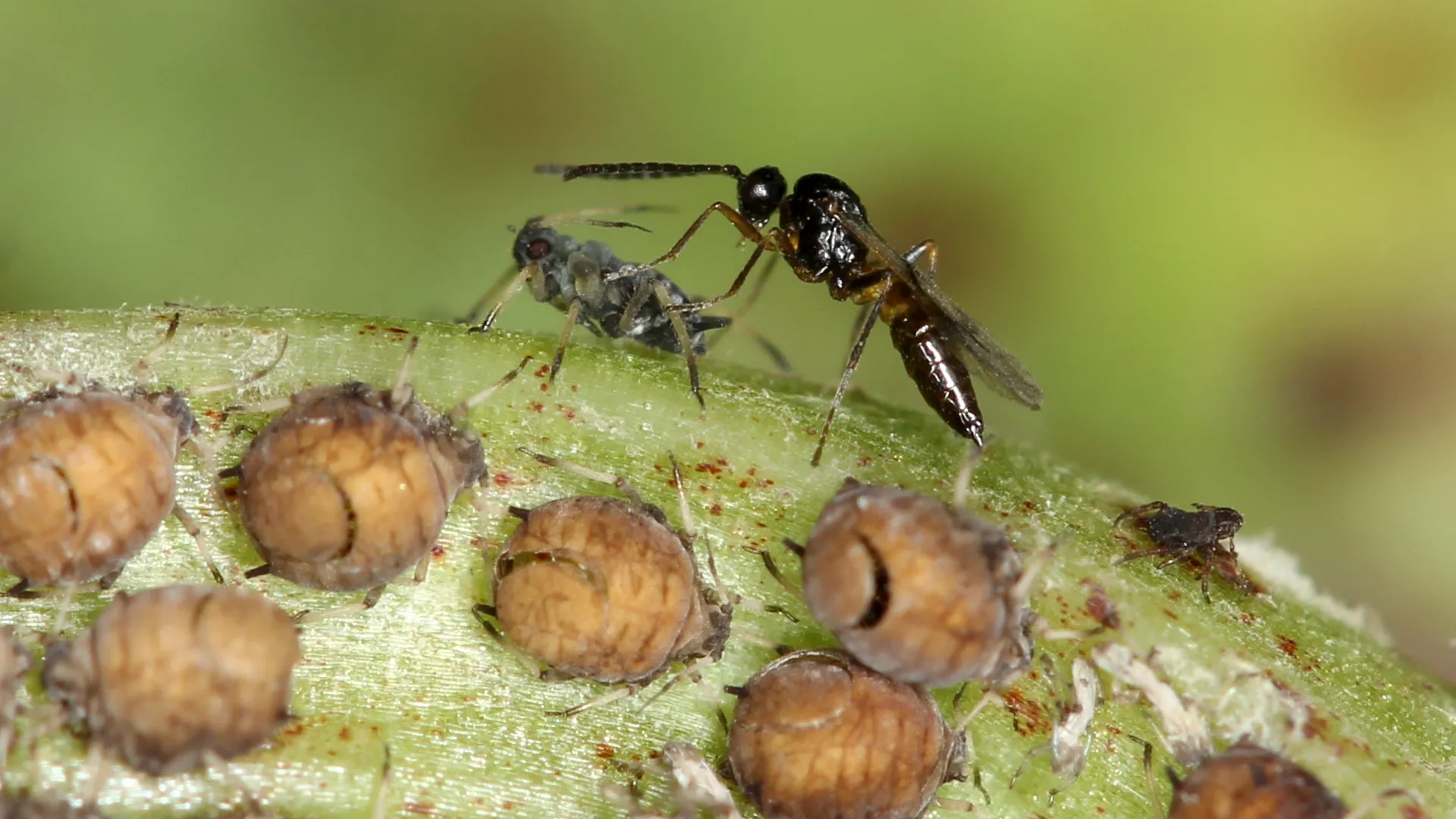Latest News
Mysterious Radio Signal Detected in Australia Traced Back to NASA Satellite
A radio signal detected in Australia was traced back to NASA's inactive Relay 2 satellite, not an alien source. The signal's origin is linked to either an electrical discharge or a meteorite impact, prompting scientists to consider how to eliminate such interference in future observations.
Ancient Rocks in Canada May Hold the Key to Earth's Early History
Researchers have identified rocks from the Nuvvuagittuq Greenstone Belt in Canada as possibly the oldest on Earth, dating back approximately 4.16 billion years. This study, published in the journal Science, reconciles previous age estimates that ranged from 3.8 to 4.3 billion years, using two radioactive dating methods that yielded consistent results. Understanding these ancient rocks can provide insights into the early Earth and the origins of life, although sampling is restricted due to indigenous land rights.
Astronomers Probe Milky Way's Black Hole History Through Ejected Stars
Astronomers are using forensic astronomy to study black hole mergers in the Milky Way by searching for stars ejected from the Galactic Center. Led by Sill Verberne, the research combines DESI and Gaia data to identify slow-moving stars ejected during black hole mergers. The study found no stars from past mergers involving Sgr A*, offering valuable constraints on the ejection rate and the merger history of the supermassive black hole over billions of years.
Newly Discovered Dog-Sized Dinosaur Reveals Insights into Jurassic Evolution
Scientists at the Natural History Museum have identified a new dinosaur species named Enigmacursor mollyborthwickae, previously misclassified as a Nanosaurus. This dog-sized dinosaur lived during the Late Jurassic period, approximately 150 million years ago. Its discovery is pivotal for understanding the evolutionary history of dinosaurs, particularly the transition from small to larger species. The Enigmacursor will be the first new dinosaur on display at the museum since 2014.
Scientists Explore the Possibility of a Fifth Force of Nature
A recent study by scientists from Switzerland, Australia, and Germany suggests the potential existence of a fifth force of nature, which may operate at the atomic level. This hypothesis comes in response to unresolved issues in physics, including dark matter and gravity, and posits that this new force could influence atomic transitions. Evidence indicates a gap at these transitions that might correspond to a new particle, warranting further investigation.
ESA Predicts Future of Human Life on Mars by 2040
The European Space Agency predicts that humans could live on Mars by 2040, supported by ambitious plans from figures like Elon Musk. The ESA's report envisions self-sustaining habitats, the use of AI, and asteroid mining as essential components of this future. With a goal of establishing a permanent presence in space, humanity may soon embark on a journey toward becoming a multi-planetary species.
Historic Images of the Sun's South Pole Captured by Solar Orbiter
Scientists have captured the first images of the Sun's south pole, revealing complex magnetic fields and enhancing understanding of solar activity. This breakthrough by the Solar Orbiter could improve predictions of solar storms affecting technology on Earth. Professor Carole Mundell highlighted this achievement as the dawn of a new era in solar science.
Australian Moths Navigate by Stars During Epic Migration
A recent study reveals that Bogong moths from Australia use the stars for navigation during their yearly migration to cooler caves. This makes them the first known invertebrates to rely on celestial cues for long-distance travel. Researchers used a flight simulator to observe the moths' responses to the night sky and found they can navigate accurately when the stars are in their correct positions. The findings are published in the journal Nature, highlighting the remarkable capabilities of these small creatures.
Astrophysical Phenomena: A New Perspective on Neanderthal Extinction
A new study by Agnit Mukhopadhyay from the University of Michigan suggests that a shift in Earth's magnetic poles 41,000 years ago may have contributed to the extinction of Neanderthals by increasing exposure to harmful cosmic radiation. This hypothesis challenges traditional views by linking geomagnetic events to environmental stress rather than cultural shortcomings. Critics argue that the Neanderthal extinction was likely influenced by various factors including competition with Homo sapiens and technological disadvantages, rather than a single cause.
New Study Reveals that Approximately 20% of Plants Possess a Hidden Second Set of Deep Roots
A new study reveals that approximately 20% of plants have a secondary set of deep roots, enhancing their nutrient access and potential for carbon storage. Published in Nature Communications, the research highlights the importance of examining deeper soil layers to understand plant adaptations and implications for climate change mitigation. The findings suggest that deeper roots may allow plants to thrive in challenging environmental conditions.
Vast New World of Giant Viruses Uncovered in Earth’s Oceans
Scientists have discovered 230 new giant viruses in Earth's oceans, revealing their potential to influence marine ecosystems and algal blooms. The study identifies two families of these viruses, indicating their role in the food chain and suggesting biotechnological applications for their proteins. The findings enhance our understanding of ocean life and its complex interactions.
New Bacteria Strain Discovered Aboard China's Tiangong Space Station
Scientists aboard China's Tiangong space station have discovered a new strain of bacteria, Niallia tiangongensis, that thrives in extreme space conditions. Found in a cabin area, the microbe exhibits unique abilities to repair damage and withstand oxidative stress. This research could significantly impact astronaut health and lead to medical and biotechnological advances on Earth. The findings are part of a broader exploration to connect microbial behavior with space applications.
A New Stellar Phenomenon: V462 Lupi Shines Bright in the Night Sky
A new star, V462 Lupi, has appeared in the Lupus constellation due to a stellar explosion, becoming visible to the naked eye from parts of North America. First detected on June 12, this nova has dramatically brightened, reaching an apparent magnitude of +5.7 by June 18, making it accessible for amateur astronomers. While V462 Lupi can be seen without equipment, telescopes enhance visibility, especially in less favorable viewing conditions. The nature of novae is explored, highlighting their rarity and the unpredictability of their reappearances.
Could the Universe Be Inside a Black Hole? Scientists Investigate Strange Galactic Rotation
Recent findings from NASA's James Webb Space Telescope suggest that the universe could be housed within a black hole. A study of 263 early galaxies revealed that about 60% rotate in a clockwise direction, which contradicts the notion of random rotations and hints at a more organized universe. The discovery has significant implications for understanding cosmic evolution and may require a complete rethinking of established cosmological theories.
Analemma Tower: The Future of Architecture Suspended in Space
The Analemma Tower, designed by Clouds AO, is an innovative project that proposes a building suspended beneath an asteroid in geosynchronous orbit. It features a unique structure that allows it to hover above major cities, providing accessibility and breathtaking views. The design incorporates advanced engineering technologies and sustainability practices, making it a groundbreaking endeavor in the realm of architecture. This ambitious concept seeks to redefine the future of architectural design by merging terrestrial and orbital environments.
The Skull That Defied Classification: A Breakthrough in Ancient DNA
The Dragon Man skull, discovered in 1933 in China, has been linked to Denisovans through DNA analysis, providing critical insights into human evolution. This breakthrough confirms the existence of a robust group of ancient humans, as the skull exhibits unique features and represents a potential new species, Homo longi. Ongoing debates about its classification highlight the complexity of human ancestry and open the door for further research into Denisovan fossils and their contributions to modern genetics.
Exploring the Depths of Quantum Mechanics: New GHZ Paradox Study Reveals Photons in 37 Dimensions
A new study has expanded the Greenberger–Horne–Zeilinger (GHZ) paradox research by demonstrating photons existing in 37 dimensions. This work highlights the non-classical nature of quantum mechanics, which challenges traditional views held by classical physics. The researchers suggest that this exploration is merely the tip of the iceberg in understanding the complexities of quantum systems.
Mysterious Radio Pulses Detected Beneath Antarctica Challenge Physics Understanding
Researchers have detected two mysterious radio pulses from beneath Antarctica, challenging current physics understanding. Initial findings suggest these signals might not stem from neutrinos, prompting the investigation into dark matter or unknown particle interactions. A new instrument set to launch in December aims to uncover more data and insights.
Japan's Revolutionary Nuclear Battery Set to Transform Space Exploration
Japan is developing a nuclear battery powered by americium, promising over a century of energy for deep space probes without solar panels. The project, led by JAEA in collaboration with JAXA and AIST, aims to create a prototype by 2029. This technology could revolutionize long-duration space missions, especially in sunless regions.
Curiosity Rover Captures Image of Potential Mushroom on Mars, Sparking Debate
The Curiosity Rover's 2013 image of a mushroom-like object on Mars has sparked excitement among alien enthusiasts but raised skepticism among scientists. UFO hunter Scott Waring discovered the photo and criticized NASA for not investigating it further. Experts believe the object is likely a geological formation or two rocks rather than a sign of life, noting that Mars' harsh conditions make survival unlikely.
Discovery Links Rise of Civilizations to Bedbug Population Boom
A recent study links the rise of civilizations approximately 10,000 years ago to a significant increase in bedbug populations. While these pests don't transmit diseases, they can cause discomfort, sleep disturbances, and mental health issues. Their proliferation is also tied to climate change, which accelerates their life cycles and expands their habitats. Prevention through regular cleaning and natural remedies is key to managing bedbug numbers.
Discovery of Bolg amondol: A New Goblin-Like Lizard Species from the Kaiparowits Formation
Hank Woolley from the Natural History Museum has identified a new lizard species named Bolg amondol, inspired by a goblin from 'The Hobbit.' This species was discovered within a museum drawer, highlighting the crucial role of natural history museums in scientific research. The bones may be fragmentary, but they offer significant insights into the anatomy and lifestyle of this ancient lizard.
Groundbreaking Discovery: Nematodes Form Towering Structures for Collective Movement
Researchers from Germany have discovered that nematodes form towering structures in decay fruits, allowing them to move collectively. This behavior, previously thought to exist only in labs, was documented in natural settings, showcasing the worms' ability to hitch rides on insects. The study opens avenues for understanding group behavior in animals, leveraging powerful genetic tools for further exploration.
Europa's Dynamic Surface: A Closer Look at Jupiter’s Icy Moon
Recent discoveries on Jupiter's moon Europa reveal a dynamic interplay between its icy surface and a hidden subsurface ocean. Advanced imaging shows a mix of crystalline and amorphous ice, indicating geological activity. Chemical analyses suggest material exchange between the surface and subsurface, raising questions about potential habitability. The moon's environment is further influenced by Jupiter's magnetic field and gravitational forces, creating conditions that may support life.
Caltech Researcher Invents Groundbreaking Camera That Captures 1 Trillion Frames Per Second
A Caltech researcher has developed a revolutionary camera capable of capturing 1 trillion frames per second, enabling the imaging of previously invisible transparent objects like glass and water. This innovative technology, phase-sensitive compressed ultrafast photography (pCUP), combines ultrafast imaging with an adaptation of phase-contrast microscopy. Its applications span various fields, including neuroscience, biomedical imaging, and materials science, potentially leading to groundbreaking discoveries.
Surprising Discovery of Cosmic Object Emitting Regular Signals
Scientists have discovered a peculiar cosmic object named ASKAP J1832-0911 that emits signals in 44-minute intervals, challenging existing astronomical classifications. Located 16,000 light-years away, the object's dual emissions of radio waves and X-rays have led researchers to explore its identity, with theories suggesting it may be a magnetar or a binary star system. The discovery is significant as it adds to the rare category of long-period transients, prompting questions about the existence of similar objects and the need for revised models of stellar evolution.
Lunar Glass Beads: Tiny Windows into the Moon's Volcanic Past
Apollo astronauts discovered tiny orange glass beads on the Moon, dating back 3.3 to 3.6 billion years from volcanic activity. These beads, preserved for billions of years, offer valuable insights into the Moon's geological history and the conditions during ancient eruptions. Advanced techniques now allow researchers to analyze these beads, revealing the evolution of volcanic activity and the Moon's interior.
Groundbreaking Discoveries in Monotreme Sex Determination: The Role of the AMHY Gene
Recent research has uncovered that platypuses and echidnas, uniquely Australian egg-laying mammals, utilize a gene called AMHY for sex determination. Unlike the typical XX/XY system found in most mammals, AMHY operates as a hormone rather than a DNA-bound gene, influencing male sexual development. This discovery sheds light on the evolutionary history of sex chromosomes and offers fresh insights into sex-determining mechanisms in other animal species.
Discovery of Unique Bacteria Aboard China's Tiangong Space Station Sparks Excitement in Space Research
Scientists in China discovered a unique strain of bacteria aboard the Tiangong space station, showing adaptations to space conditions. Closely related to Niallia circulans, this bacterium raises questions about microbial life in space and potential risks to astronauts. The findings underscore the importance of understanding microbes for future space missions and have been published in the International Journal of Systematic and Evolutionary Microbiology.
Discovery of Ancient Wolf Cubs Reveals Insights into Early Canine Evolution
Recent research has confirmed that two ancient cubs once thought to be early domesticated dogs were actually Pleistocene wolf cubs. Discovered in Siberia, their remains were intricately preserved, revealing their diet and lifestyle. The findings indicate these wolves were wild, raising intriguing questions about the evolution of domestic dogs and the hunting behaviors of ancient wolves.
Ancient Landscape Beneath Antarctica's Ice Revealed in Groundbreaking Discovery
Scientists have revealed an ancient landscape beneath Antarctica's ice, showing evidence of rivers and forests that flourished over 34 million years ago. The discovery, made using advanced satellite data and ice-penetrating radar, suggests the area includes substantial landforms preserved due to minimal erosion from the cold ice. This finding opens new avenues for understanding Earth's geological history and climate evolution.
New Research on Wasp Evolution Could Enhance Natural Pest Control
Dr. Rebecca Boulton's research at the University of Stirling reveals that the wasp species Lysiphlebus fabarum can reproduce both sexually and asexually, challenging prior assumptions. This discovery could enhance biological pest control, specifically targeting aphids, by improving genetic diversity in wasp populations. The study emphasizes the evolutionary benefits of sexual reproduction while highlighting the complexities of wasp mating behavior.
Unlocking the Secrets of Cancer Resistance: Insights from Elephants and Other Animals
Scientists are unraveling Peto's Paradox, which reveals that large animals like elephants experience cancer less frequently than expected. A 2015 study found that elephants have 19 extra copies of the TP53 gene, a vital cancer-fighting gene. A recent study of 300 species suggests various animals possess unique cancer resistance strategies, opening new avenues for human cancer research and potential therapies.
China Achieves Groundbreaking Daylight Laser-Ranging to the Moon
China has made a significant advancement in space exploration by successfully firing a laser to the Moon and back during daylight, a first in the world. This achievement, accomplished by the Deep Space Exploration Laboratory, enhances China's lunar communication and navigation capabilities, supporting plans for a crewed Moon landing by 2030. The precision of the laser-ranging technology opens new opportunities for data collection and deep-space missions, marking a substantial leap in space technology.
Mysterious Radio Waves Detected Beneath Antarctic Ice Leave Scientists Baffled
Researchers in Antarctica have detected unexpected radio waves beneath the ice while searching for neutrinos. Using the ANITA experiment, they observed signals at steep angles that don't match known neutrino patterns, raising questions about their origin. Some speculate a connection to dark matter, but uncertainty remains regarding the cause of these mysterious waves.
China Develops Non-Nuclear Hydrogen Bomb Amid Rising Tensions with Taiwan
Amid increasing tensions between China and Taiwan, China has developed a non-nuclear hydrogen bomb that utilizes magnesium hydride. This bomb reportedly has a firing temperature of 1,000 degrees Celsius and a longer-lasting fireball than traditional explosives. The research raises concerns about military applications and potential regional instability as China escalates its military capabilities.
Ice Age 'Puppies' Discovered in Siberia: New Insights Reveal They Were Actually Wolf Cubs
Recent research on two well-preserved ice age specimens known as the Tumat Puppies reveals they are likely wolf cubs instead of early domesticated dogs. Found in Siberia, these pups, preserved in ice for over 14,000 years, contained remnants of their last meal, including woolly rhinoceros and bird feathers. The findings provide new insights into the diet and lifestyle of ice age wolves, highlighting their similarities with modern wolves and offering a glimpse into the environment they inhabited.
Breakthrough in Astronomy: Detecting a 13-Billion-Year-Old Signal from the Cosmic Dawn
Scientists have detected a 13-billion-year-old microwave signal from the Cosmic Dawn using ground-based telescopes in Chile, marking a significant breakthrough in astronomy. This discovery provides insights into the early universe and how the first stars and galaxies formed after the Big Bang. Led by Professor Tobias Marriage of Johns Hopkins University, the CLASS team overcame various challenges to identify this ancient signal, which was previously thought only detectable from space.
Ancient Underwater Settlement Unearthed Near Kimberley: A Glimpse into Human History
An astonishing underwater settlement, uncovered off Kimberley's coast, dates back approximately 50,000 years, reshaping our understanding of early human migration and adaptation. This discovery highlights the impacts of climate change on ancient civilizations and reveals that submerged land may have served as migration paths for early populations. As research advances, the findings promise to provide deeper insights into our ancestors' remarkable resilience and adaptability.


